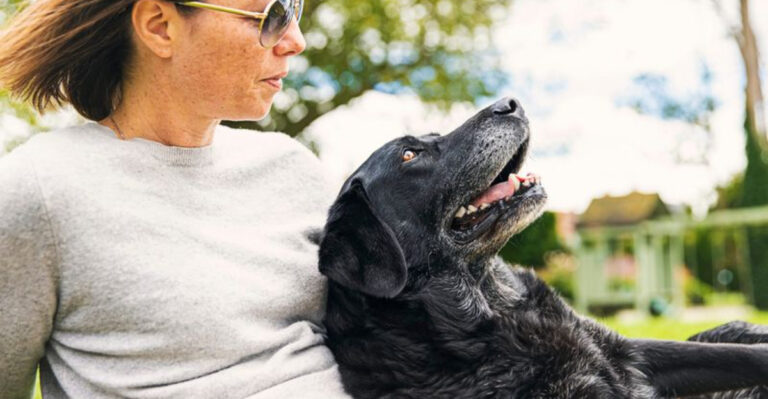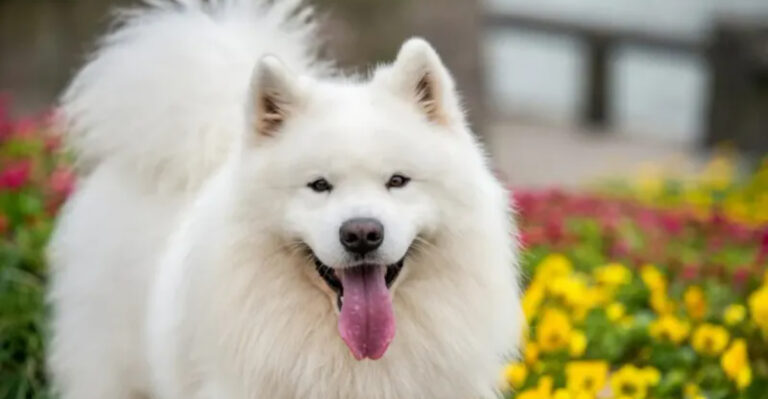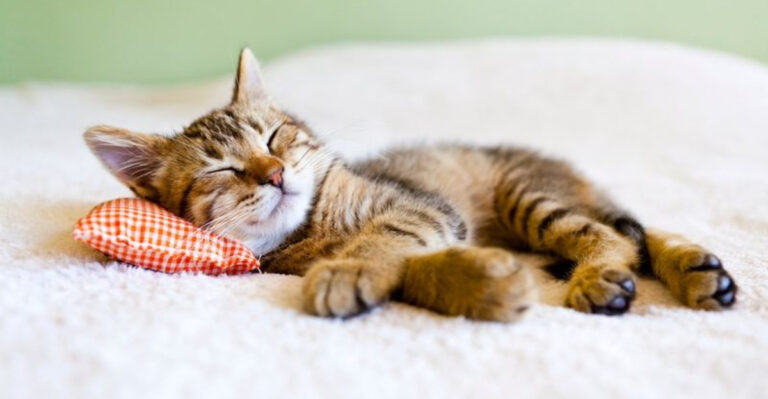15 Wild Animals That Can Start Fires (Or Appear To)

Fire can be both a friend and a foe in nature, but did you know that some wild animals can actually start fires, or at least seem like they do?
Join us as we explore the fascinating ways in which the animal kingdom interacts with fire, intentionally or not.
1. Black Kites
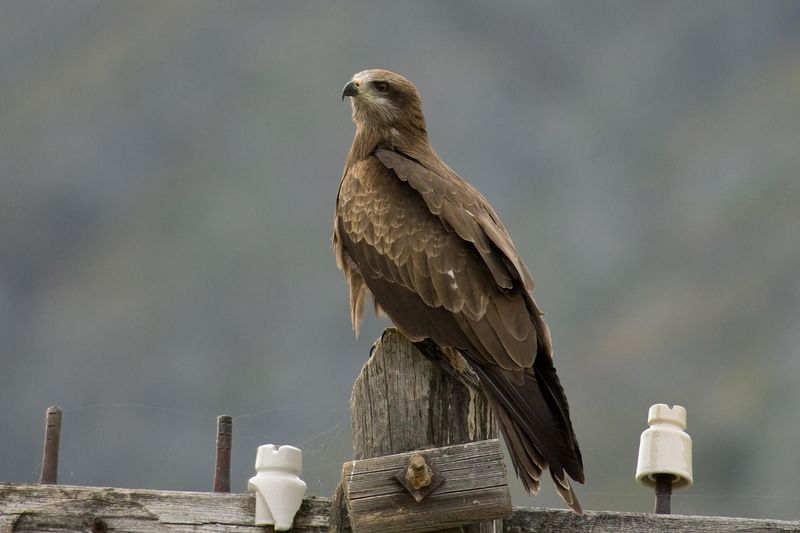
Imagine a bird carrying fire on purpose! The black kite, native to Australia, is known for grabbing burning sticks and dropping them in grasslands.
Why? To flush out small animals for a quick snack! This fiery behavior isn’t just a myth; it’s been observed by Indigenous Australians for centuries.
These clever birds understand the value of a good blaze. Picture a bird collaborating with fire to get its next meal. Fascinating, right? Nature truly has its fiery masterminds!
2. Whistling Kites
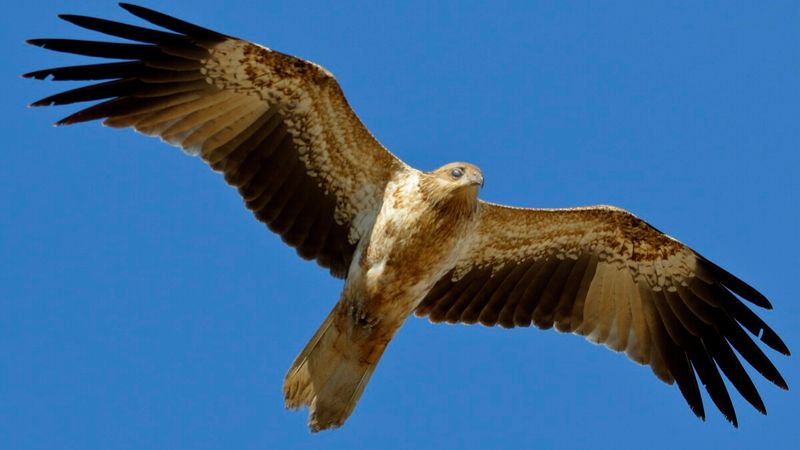
Ever heard of a bird that whistles while it works with fire? The whistling kite does just that. Found down under, these birds also partake in the fiery tradition of spreading fire.
They swoop down, pick up a burning stick, and drop it elsewhere to scare potential prey out of hiding. It’s a dangerous dance with fire that they have mastered over years of evolution.
Somehow, these birds manage to live life on the edge, quite literally!
3. Brown Falcons
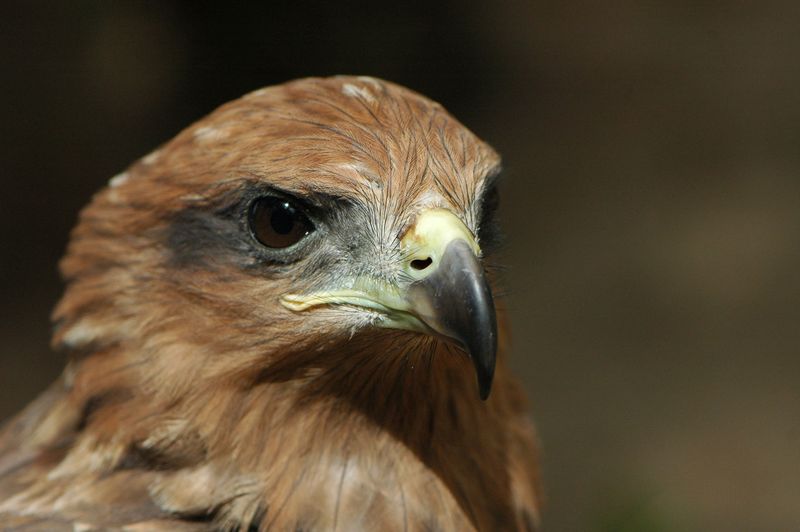
When it comes to hunting with fire, brown falcons are the third musketeers of the bird world. Joining forces with black and whistling kites, they too spread fire by carrying smoldering sticks.
This fiery trio is known in Australia for their unique hunting technique. They turn the dry savannas into their hunting ground, using fire to flush out prey from hiding spots.
Who knew these majestic birds could wield the power of fire for a quick meal?
4. Honeyguide Birds
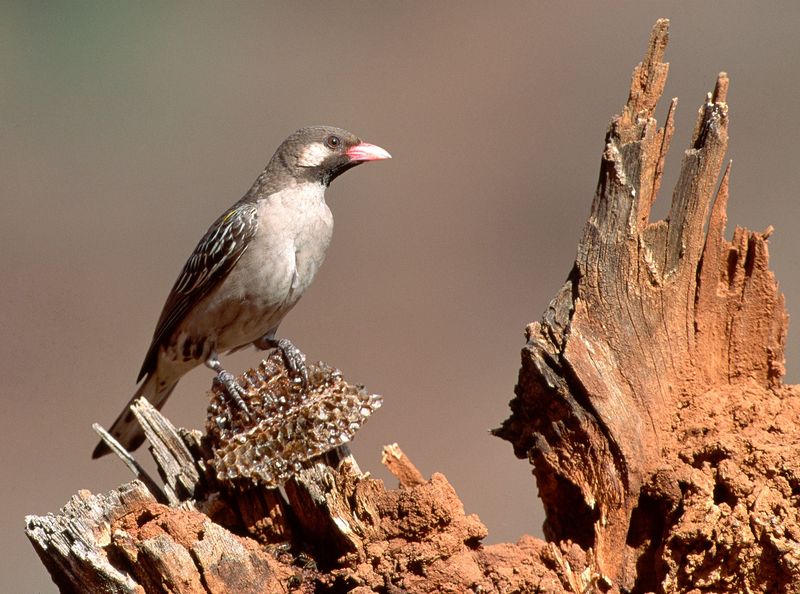
Teamwork makes the dream work, especially when it involves humans and fire. The honeyguide bird leads people to beehives, where humans use fire to harvest honey.
This unusual partnership benefits both parties – humans get honey, and the bird gets the leftovers. It’s a win-win situation!
This delightful dance of cooperation showcases nature’s unique partnerships. Who knew a small bird could play matchmaker between humans and honey in such a fiery way?
5. African Elephants
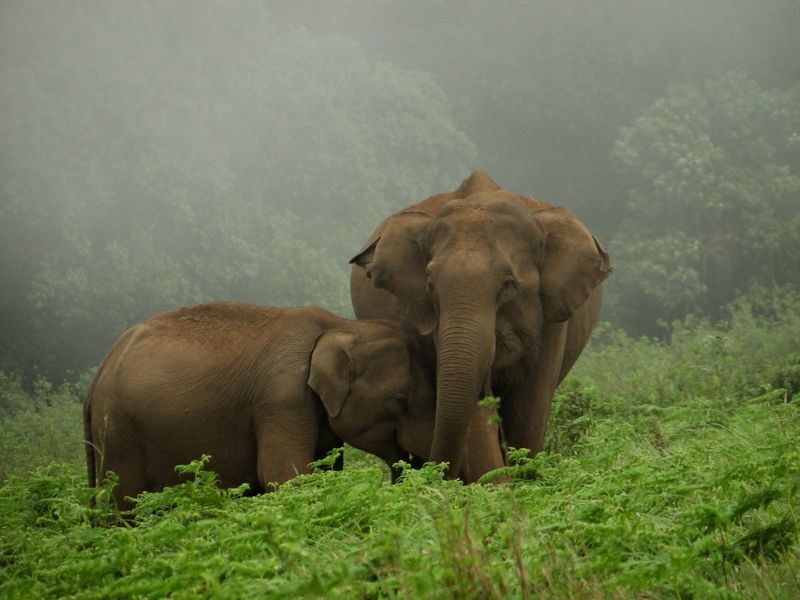
With the strength to topple trees, African elephants sometimes accidentally spark fires in dry landscapes. Imagine the surprise when a mighty elephant’s push ignites a blaze!
While not intentional, these gentle giants can inadvertently set the stage for a fire. In regions where dry conditions prevail, a simple act like knocking over a tree can lead to unexpected consequences.
6. Rhesus Macaques
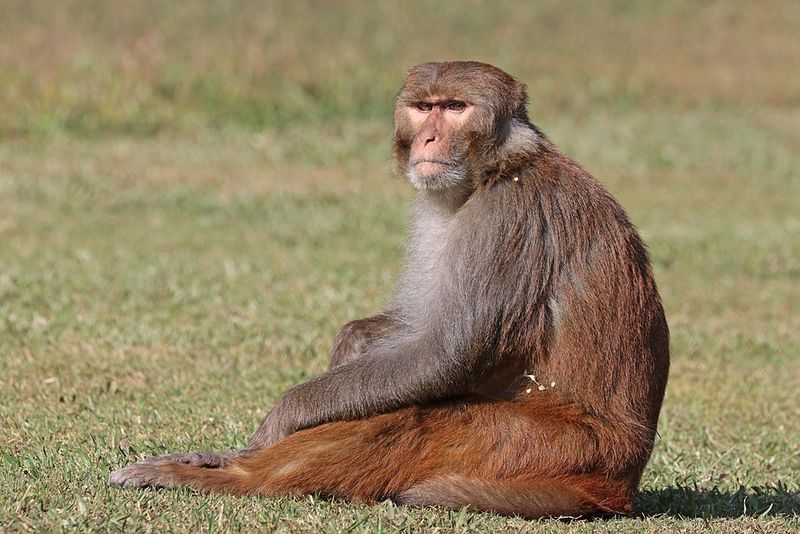
Mischievous and curious, rhesus macaques have been known to cause fires by fiddling with matches or electrical wires.
These cheeky primates are often seen exploring human belongings, leading to unintended fiery outcomes. It’s their inquisitive nature that sometimes turns them into little fire-starters.
While they may not intend harm, their playful antics can result in serious consequences. It’s a reminder to keep an eye on your gear when these monkeys are around!
7. Squirrels
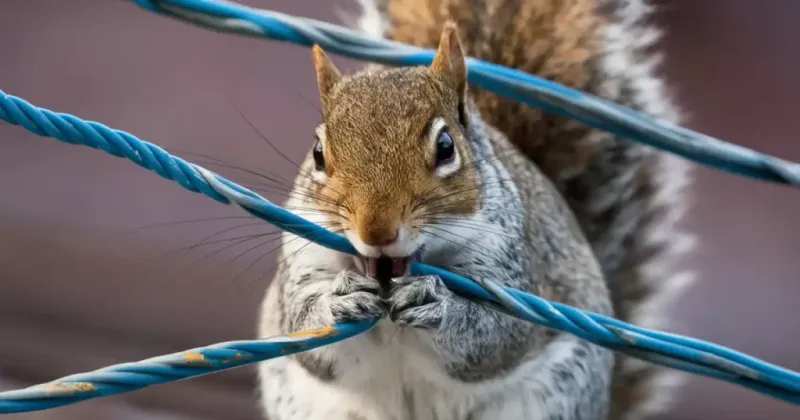
Squirrels are not just cute furballs; they can be little troublemakers too! Known for their love of chewing, these critters sometimes gnaw through electrical wires, causing sparks and even wildfires.
It’s their natural instinct to chew that leads to such fiery mishaps. In dry conditions, a single spark from a squirrel’s mischief can ignite a forest blaze.
8. Beavers
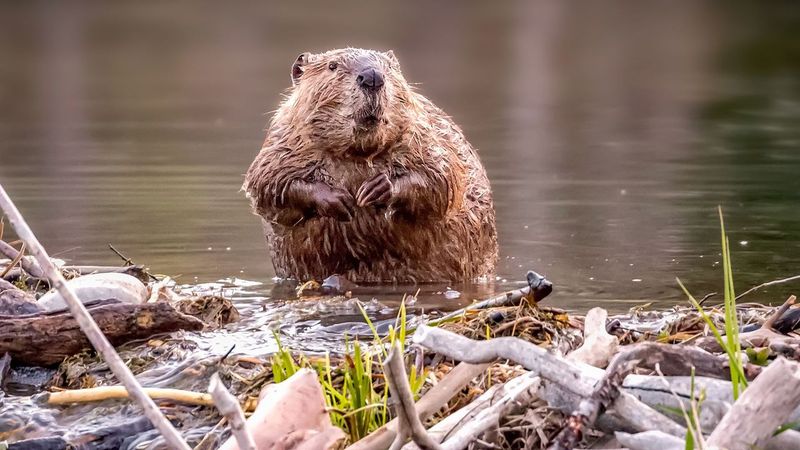
Beavers, the industrious builders of the animal world, can inadvertently create fire-prone environments. By constructing dams, they may dry out surrounding areas, making them more susceptible to wildfires.
These busy creatures transform landscapes, often without realizing the consequences. Their engineering feats are impressive, but they can unintentionally contribute to nature’s fiery drama.
9. Rats
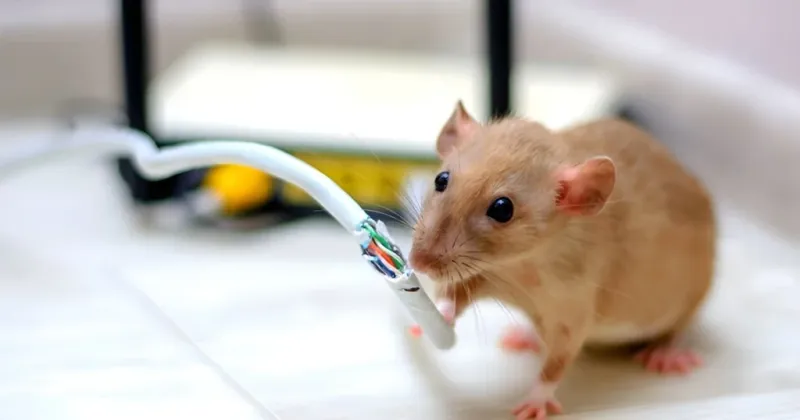
Rats, with their ever-growing teeth, are notorious for chewing through anything in their path, including electrical wires. This gnawing habit can lead to sparks and even fires in urban settings.
It’s not that they mean to cause chaos, but their instincts drive them to chew. In crowded cities, a rat-induced electrical fire is not unheard of.
These small rodents have a knack for turning a simple chew into a fiery hazard!
10. Bears
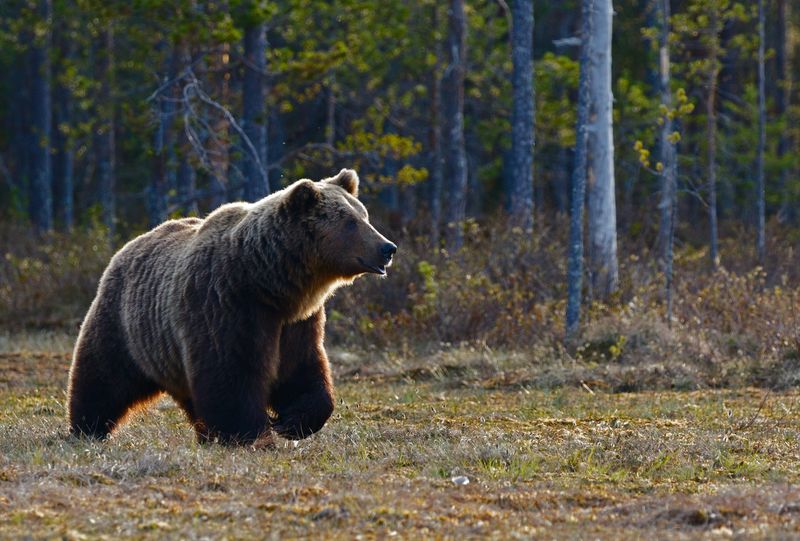
Bears, with their curious nature, sometimes knock over heat sources like campfires or grills, unintentionally starting fires.
These hulking animals are just looking for a snack or some warmth, unaware of the chaos they might cause. In their quest for food, they can turn a peaceful campsite into a potential fire hazard.
It’s a reminder that even the mightiest creatures can inadvertently play with fire. Keep your campsite bear-proof!
11. Raccoons
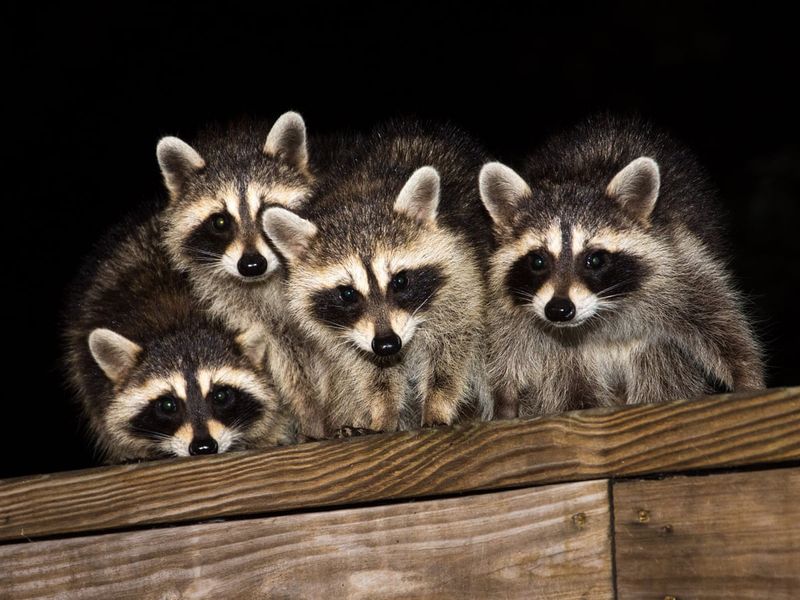
Raccoons, with their nimble fingers and inquisitive minds, have a knack for getting into trouble. When they mess around with electrical wires, they can cause sparks and potentially start fires.
Their curious nature often leads them into situations where they tinker with things they probably shouldn’t. It’s this mix of curiosity and mischief that makes them accidental fire-starters.
In urban areas, raccoons are the unexpected culprits of some fiery mishaps!
12. Red Fox
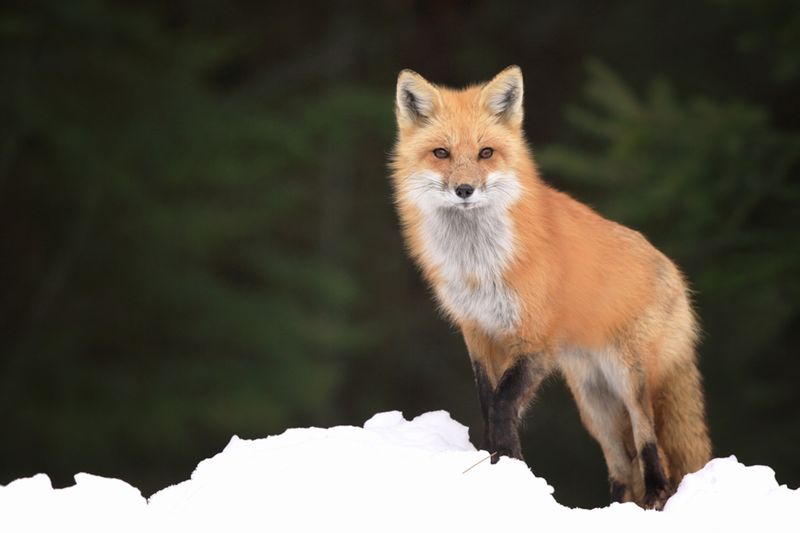
The Red Fox is an agile and clever creature known for its adaptability to various environments.
They have been observed taking advantage of fires started by natural causes, like lightning, sometimes spreading it using sticks and debris. They often hunt for small animals fleeing from the flames.
Their opportunistic nature showcases their survival instincts, as they navigate the charred landscape with ease.
This behavior inadvertently ties them to fire-starting events, although they remain spectators rather than participants.
13. Cats (Feral Or Wild)
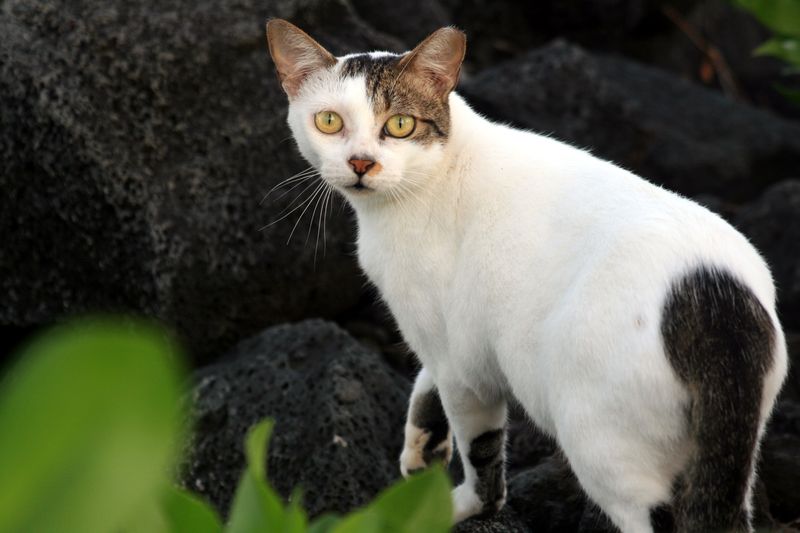
Cats are known for their curiosity, and sometimes it leads them to trouble. Feral or wild cats have been known to knock over candles or heaters, setting the stage for accidental fires.
Whether indoors or in a barn, these feline antics can turn into fiery disasters. It’s their playful and exploratory behavior that sometimes makes them unwitting fire-starters.
A single playful paw swipe can lead to an unintended blaze!
14. Coyotes
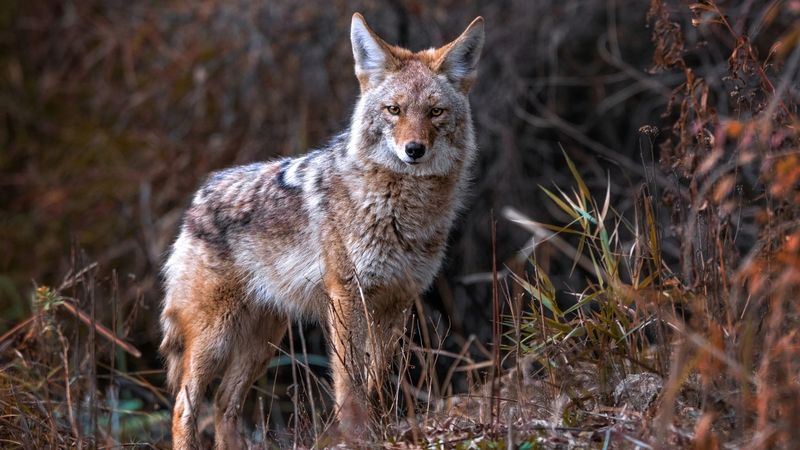
Coyotes, with their opportunistic nature, can create chaos at campsites. By rummaging through gear, they might tip over flammable items, leading to potential fires.
It’s their survival instincts that drive them to explore human leftovers. These wild canines can unintentionally disrupt a campsite, turning an innocent search for food into a fire hazard.
Always secure your camp setup to avoid these unplanned encounters.
15. Wild Boars
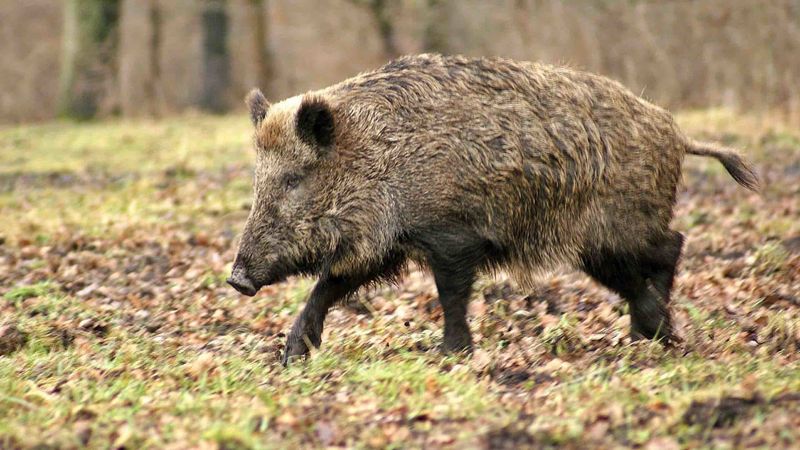
With a snout made for rooting, wild boars often dig up more than they bargained for. Their rooting behavior can damage underground wiring, leading to fire risks.
These robust creatures are simply following their instincts, unaware of the fiery consequences. In regions with buried cables, their natural behavior can turn into a surprising hazard.

